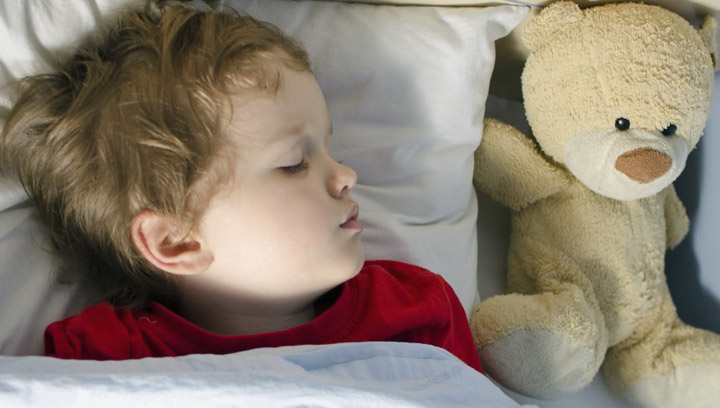It’s Daylight Saving, and you know what that means: A near-national (sorry, Saskatchewan) saga of agony as parents try to get cranky kids on new sleep schedules.

It doesn’t have to be that way.
On the bright side, we’re springing forward.
“It’s always easier to go forwards than back,” said Amanda Hudye, founder of SleepWell Baby consulting.
She has some tips to make your Daylight Saving less nightmarish:
1) Prepare
The best way to make a good transition is by ensuring your children are having enough sleep already. And if you don’t already have a good routine going, this is as good a time as any to start.
“If you want to make sleep more of a priority — getting the babies and children and yourself more sleep, start at the beginning of the weekend,” she said.
2) Use sunlight to your advantage
Springing forward amid lengthening days means it’s lighter, later. Use the extra sunlight when you can, and block it out if its brightness messes with bedtime.
trying to get your children to just let their eyelids rest.
Hudye also recommends parents expose children to sunlight when they’re waking up. This can help reset their internal clocks.
“When it’s time to get up, just go in the room say ‘Good morning,’” she said. “Open the shade, get them exposed to that sunlight and they’ll know it’s time to start their day.”
3) Split the naptime difference
Gradually moving naptime later will help with the time-change transition, Hudye said. She recommends moving it by about 30 minutes for the first few days.
“Then, about three days later, add another thirty minutes so you’re back were naptime should take place.”
4) Talk about sleep
It helps if your child is aware of the benefits of a good night’s sleep, Hudye said.
As for younger kids, Hudye recommends setting up a chart listing the steps for a good bedtime routine.
“When the child has completed each step, he or she can put stickers on each step,” she said. “That way the bedtime requests of ‘I want a drink or water’ or ‘I need another kiss’ or ‘I need another hug,’ all of those are complete and everyone’s on the same page.”




Comments